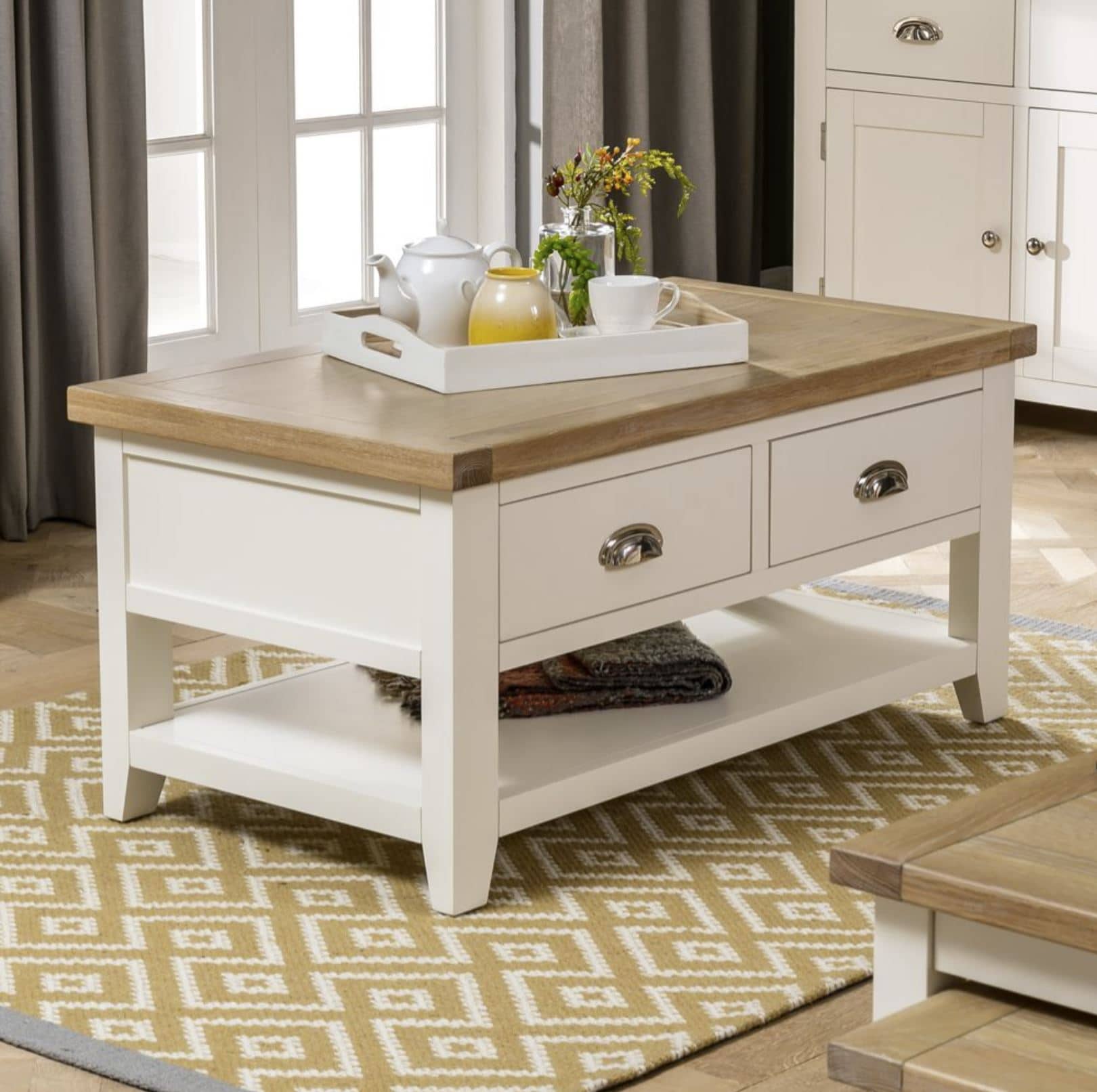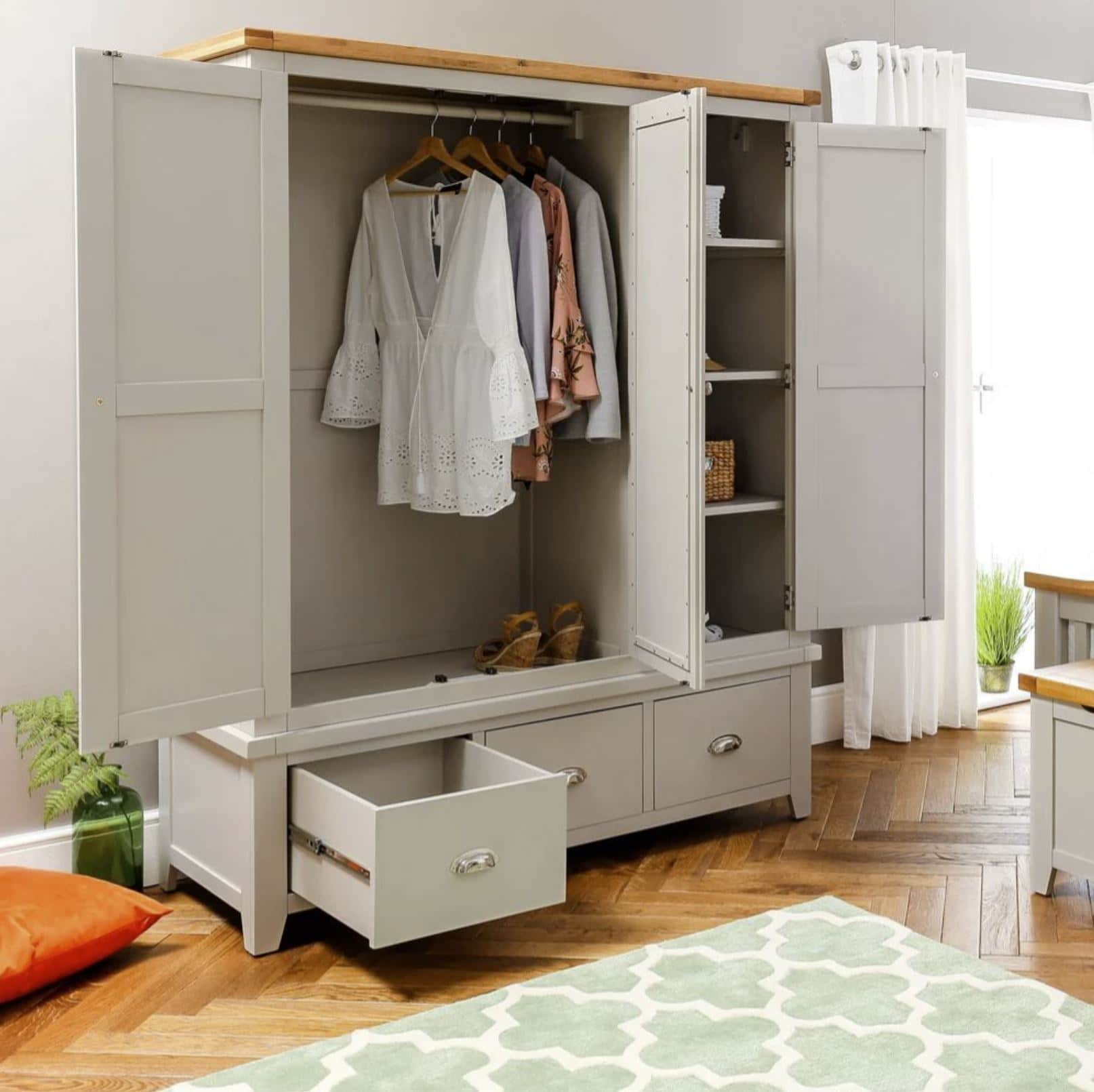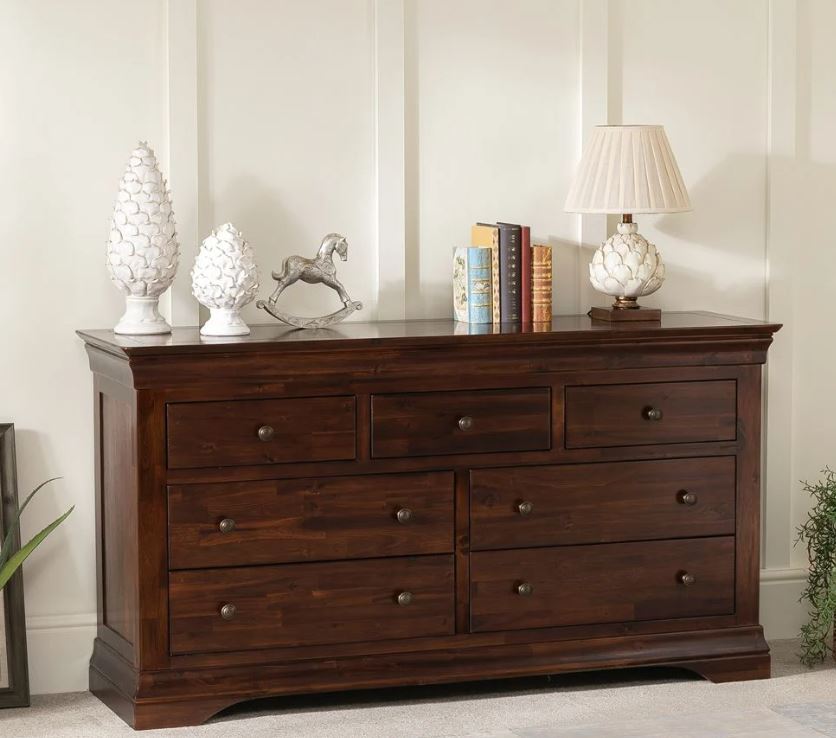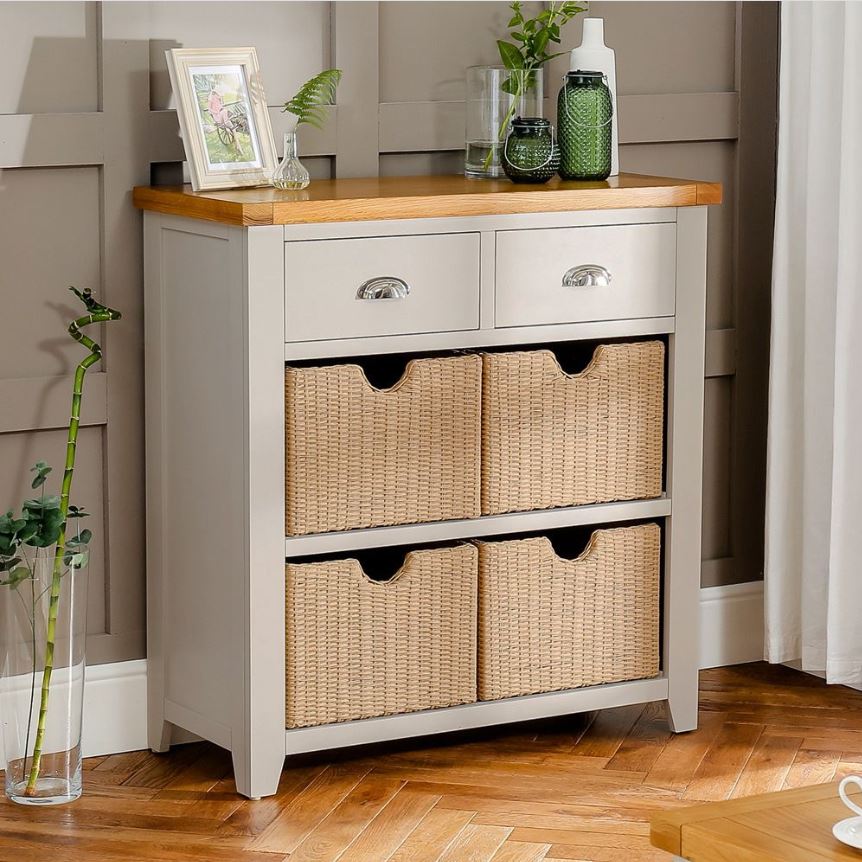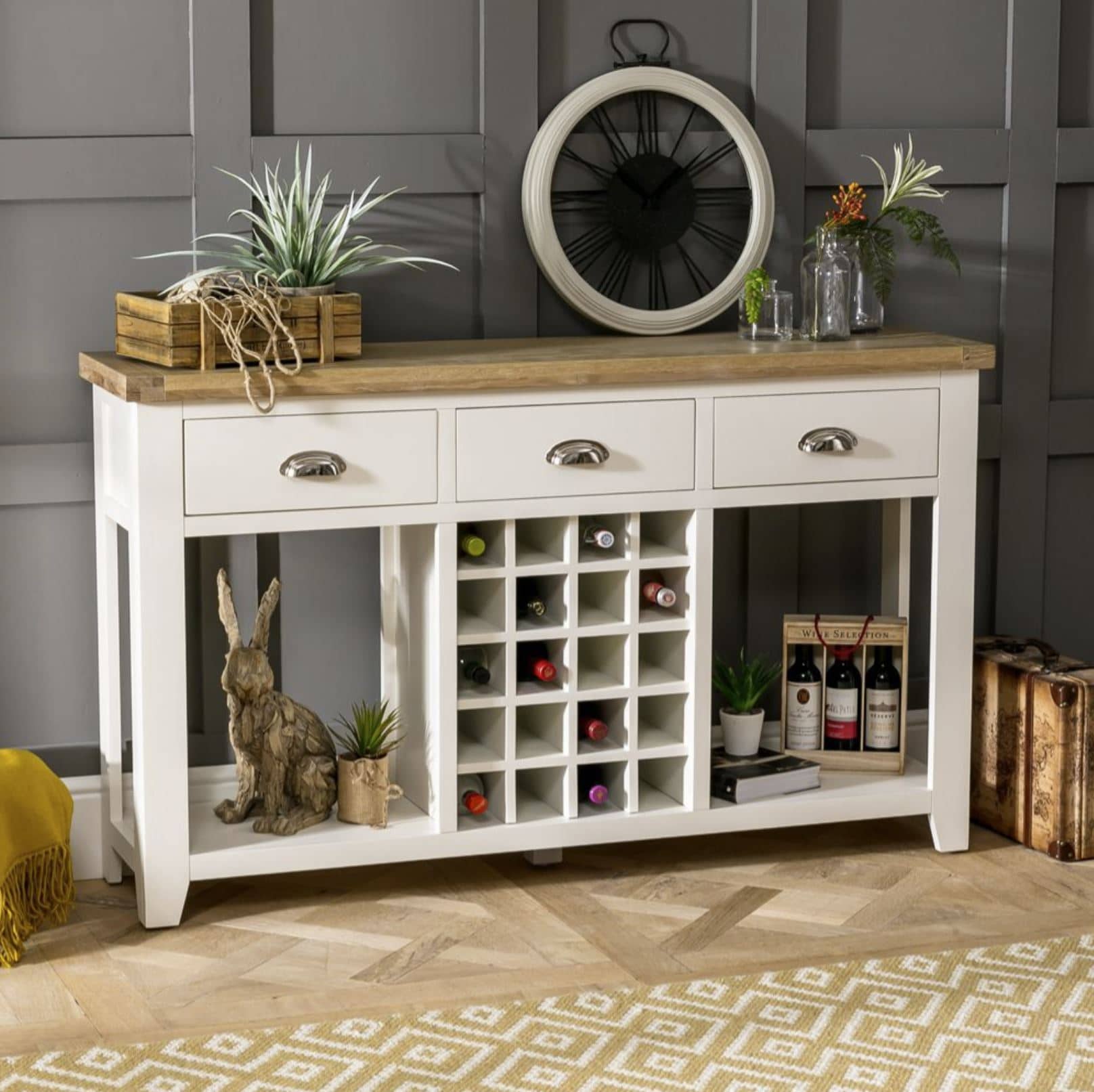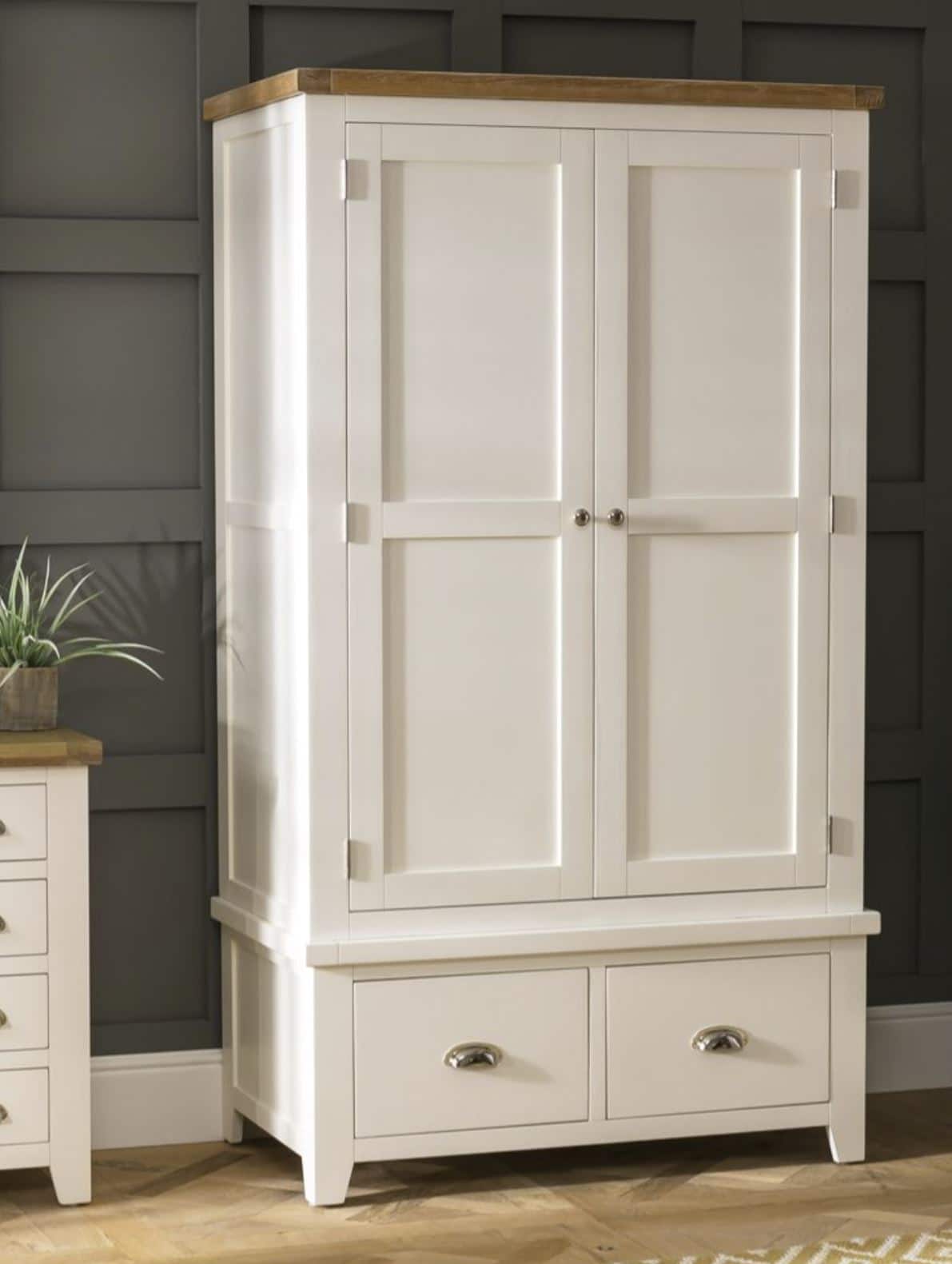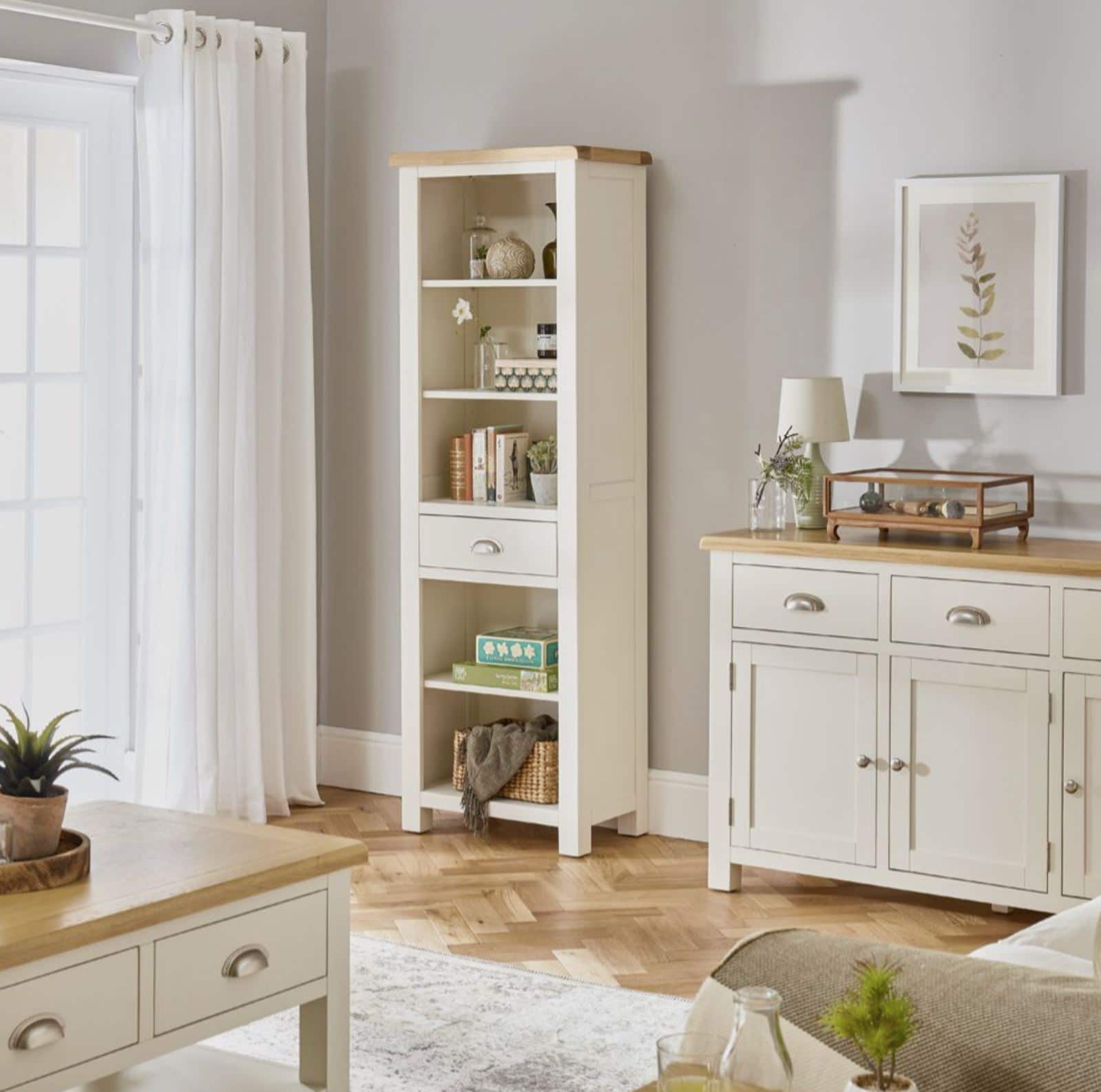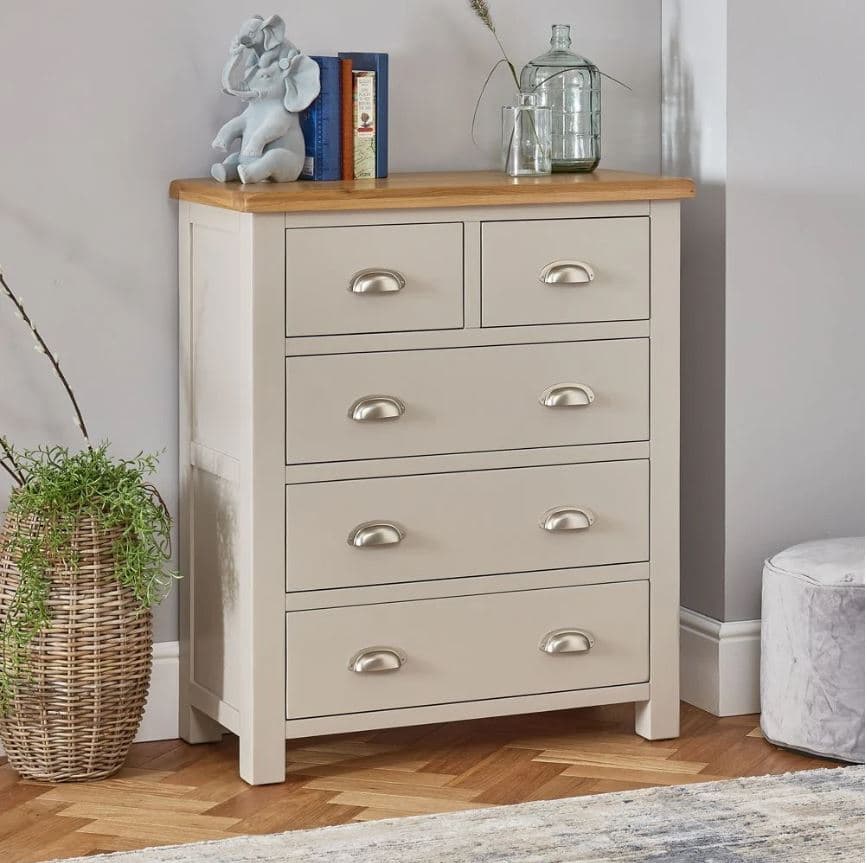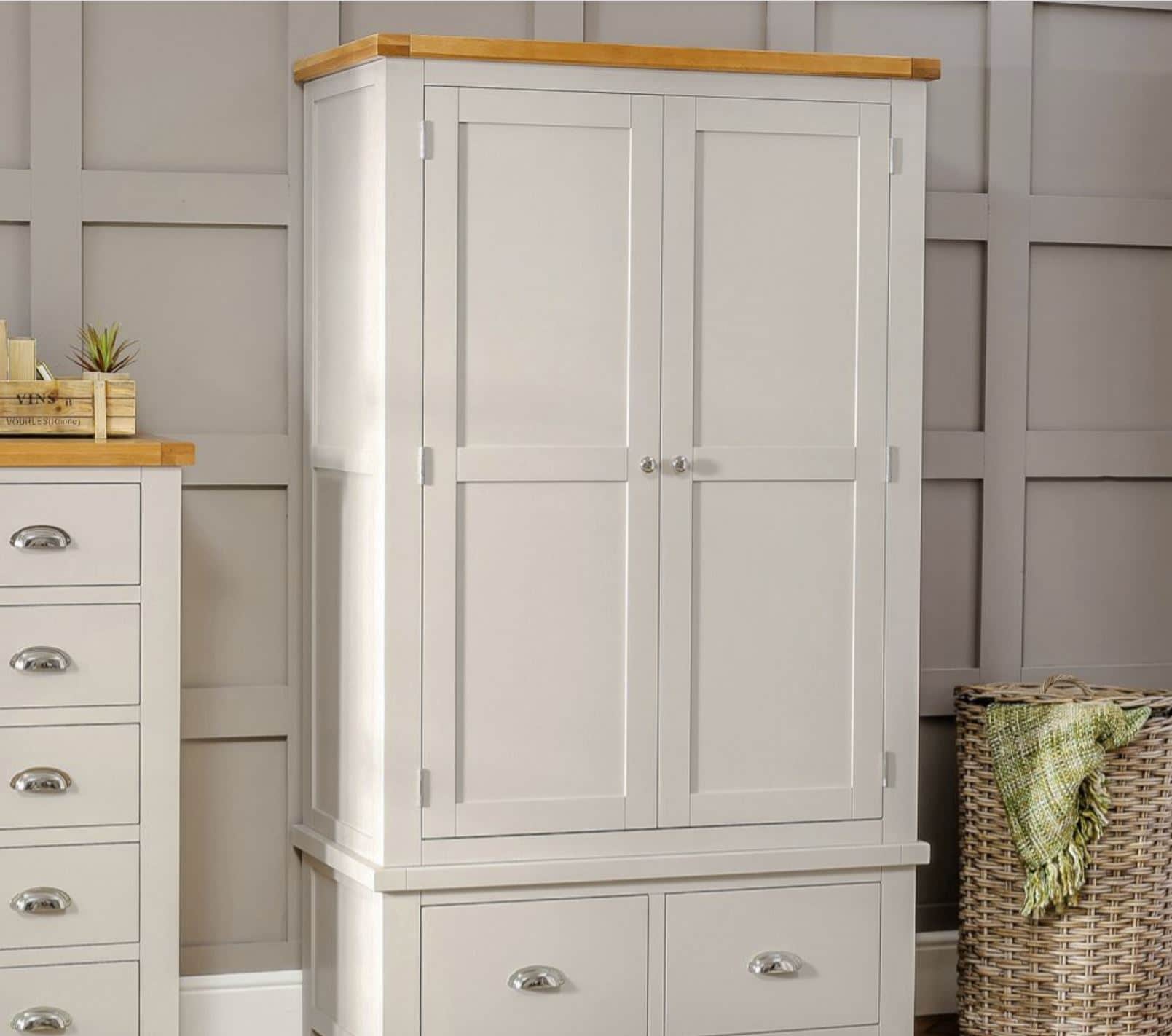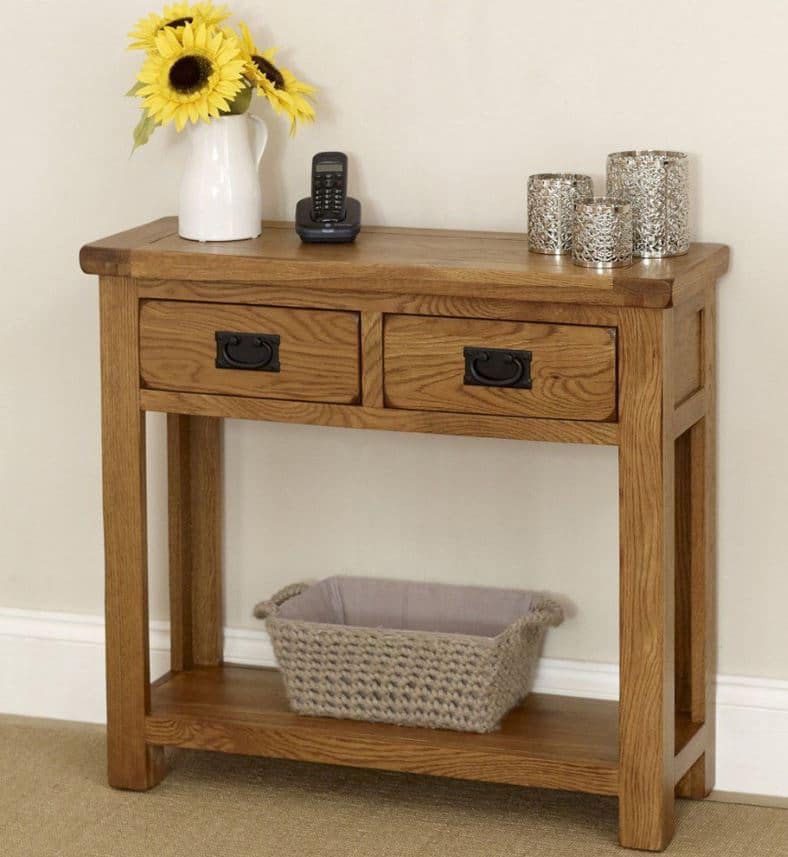How To Create A Renaissance Style Interior
- By Alicia Newman
- Interior Design Ideas
- views
The Italian Renaissance period spanned between the 14th and 16th centuries and showcased interior decor and furniture items that were heavily influenced by ancient Greek and Roman designs. Homes and furnishings were largely geometric in shape and symmetry played a huge role in creating an opulent and balanced interior space.
To compliment the rich cultural influences of the surrounding architecture, Renaissance interiors were finished in rich and opulent paint finishes that gave stunning visual focal points that included classical artefacts such as urns, busts and sculptures as well as paintings murals and friezes.
Rich and expensive fabrics such as silk and velvet were partnered with simple cotton and wool materials in the drapes, bedding and upholstery of Renaissance style interiors. These sumptuous fabrics often feature an opulent damask or floral print pattern and when it came to fabrics the more the better, with many homes choosing to layer one material and pattern upon another. Curtains were left in long and heavy swathes that sat in pools upon the ground and featured tasselled and metallic tie backs for added detail. The use of upholstery also featured heavily in Renaissance tapestries that could be used in place of wallpaper or mouldings and created an eye-catching focal point that was colourful in design.
Colour schemes during this period were all about creating an air of wealth and classic opulence that reflected the rich palaces and temples of ancient Rome and Athens. Classical paintings and tapestries that were rich in detail often made up much of the colour within a specified room however the majority of colour came from fabrics, floor coverings and drapes that created an exquisite air of sophistication and flamboyance. Deep red, yellow and green as well as rich purples and blues were popular colours that added warmth and texture to any interior setting.
During the Renaissance period artwork was at the height of its popularity in every home across Italy. As well as traditional paintings and murals artwork also featured heavily on the inlays of furniture and bed frames and even adorned the panels of the internal doors of the home. Greek Key designs were one of the key motifs in carvings and paintings as well as natural scenes and floral motifs that harken back to the classical mythological tales. Some of the more flamboyant homes of this period featured highly detailed friezes and painted ceilings that depicted a story or scene that could often be related to their own lives or families.
Furniture during this period was carved mainly from walnut due to its rich and hard wearing qualities. Designs featured intricate balanced carvings and paintings that often featured characters from mythology or classical styles and motifs. The 'cassone' was a storage item that most commonly came in the form of a heavily carved bench style chest and was one of the most popular furniture items during the renaissance period. This item was originally designed for a bride to bring her possessions and dowry to her new husband (from her father). Whilst these original pieces are now extremely hard to come by and have an eye-watering price tag, reproduction designs are readily available on the high street.
For more inspiration on how to create a rich and elegant Renaissance style interior then head over to our latest Pinterest board - Pinterest - Renaissance Interiors or for a selection of complimentary furniture items, take a look at our extensive Hardwood furniture collections.


